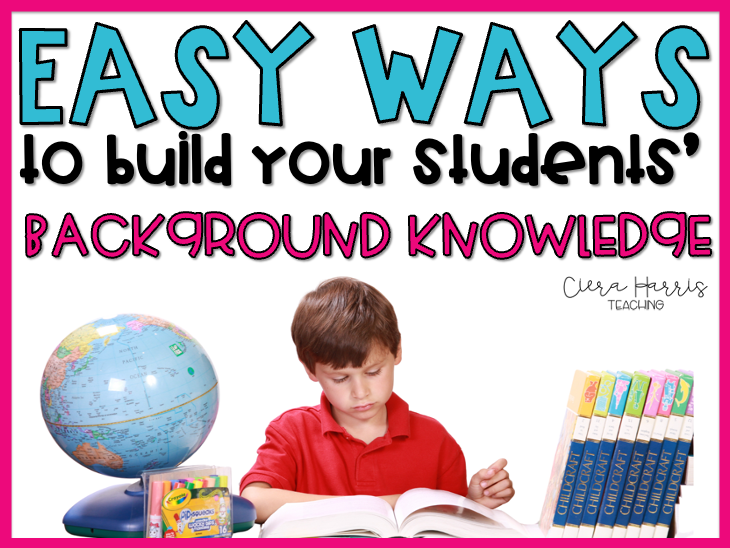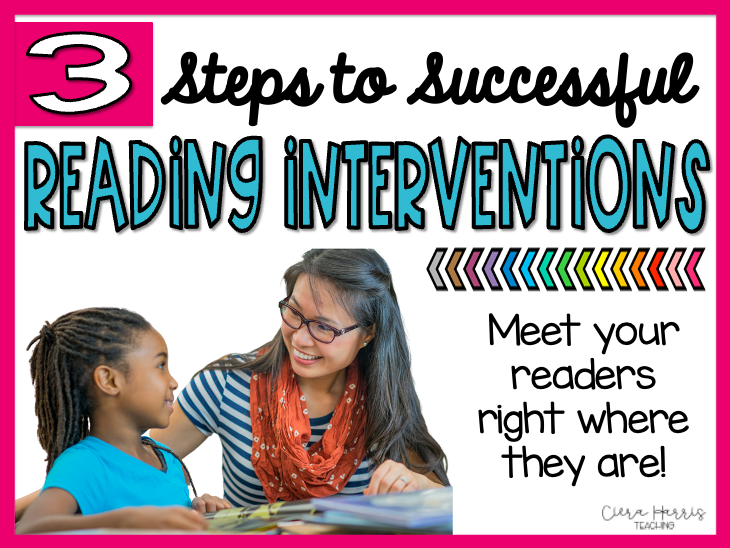If you’re teaching students about reading strategies, you would think you need to have a text for them to use to be able to practice, right? Not necessarily! I’m a huge advocate for using concrete activities and lessons without text to practice and introduce reading skills and strategies to students. This helps them to focus on the concept they are learning instead of understanding what they are reading. Believe me, it works! One of the best ways to do this is to incorporate wordless picture books! I’ve gathered my favorite picture books to help show how you can use them to teach reading strategies!
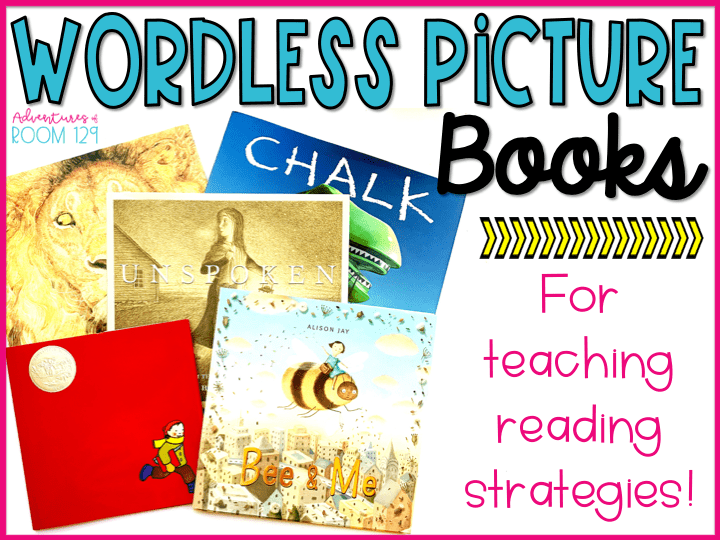
(This post contains Amazon affiliate links. This means that Amazon sends me a little pocket change, at no cost to you, if you purchase through on of these links. This helps keep my site running and funds giveaways for you!)
Reading Strategy: Ask and Answer Questions
 Getting students to ask questions is such an important still and one that readers must repeat over and over again in order for the skill to be turned into a habit. I love using the books, The Red Book and Unspoken to teach this skill! Both are beautifully written wordless picture books! Here are a few activities you can do with either book to help teach the reading strategy of asking and answering questions:
Getting students to ask questions is such an important still and one that readers must repeat over and over again in order for the skill to be turned into a habit. I love using the books, The Red Book and Unspoken to teach this skill! Both are beautifully written wordless picture books! Here are a few activities you can do with either book to help teach the reading strategy of asking and answering questions:
- Give each student a blank piece of paper with a large T-Chart drawn on it. On one side of the chart, students record the questions they have throughout the text. On the other side, they record the answers to each of the questions (if they are answered in the text.) You can also do this whole group on anchor chart paper.
- Draw a large bubble question mark on the front board. Pass out 3-5 post it notes to every student. As you read the book, have students record their questions and place them inside of the bubble question mark. See if you can fill the entire question mark with questions from the text. Afterwards, spend time sorting the questions based on whether or not they were answered in the text.
Reading Strategy: Making Inferences
Making inferences is also an important and sometimes difficult skill to teach. Using a wordless picture can help students SEE the inference a lot more clearer than if you  used a book with text. The books mentioned before, The Red Book and Unspoken are both also perfect for teaching making inferences. Here are some simple and fun ideas you can use!
used a book with text. The books mentioned before, The Red Book and Unspoken are both also perfect for teaching making inferences. Here are some simple and fun ideas you can use!
- Let the students be the authors! Practice making inferences on each page and use that information to create the text that the author would have written. This doesn’t have to be done on every page of the book, but rather the pages where strong inferences can be made.
- What are the character’s thinking? Use thought bubble post it notes to allow students to write out what they believe the character are thinking. Practice making these inferences and recording them on the thought bubble post it notes throughout the story.
Reading Strategy: Using Schema
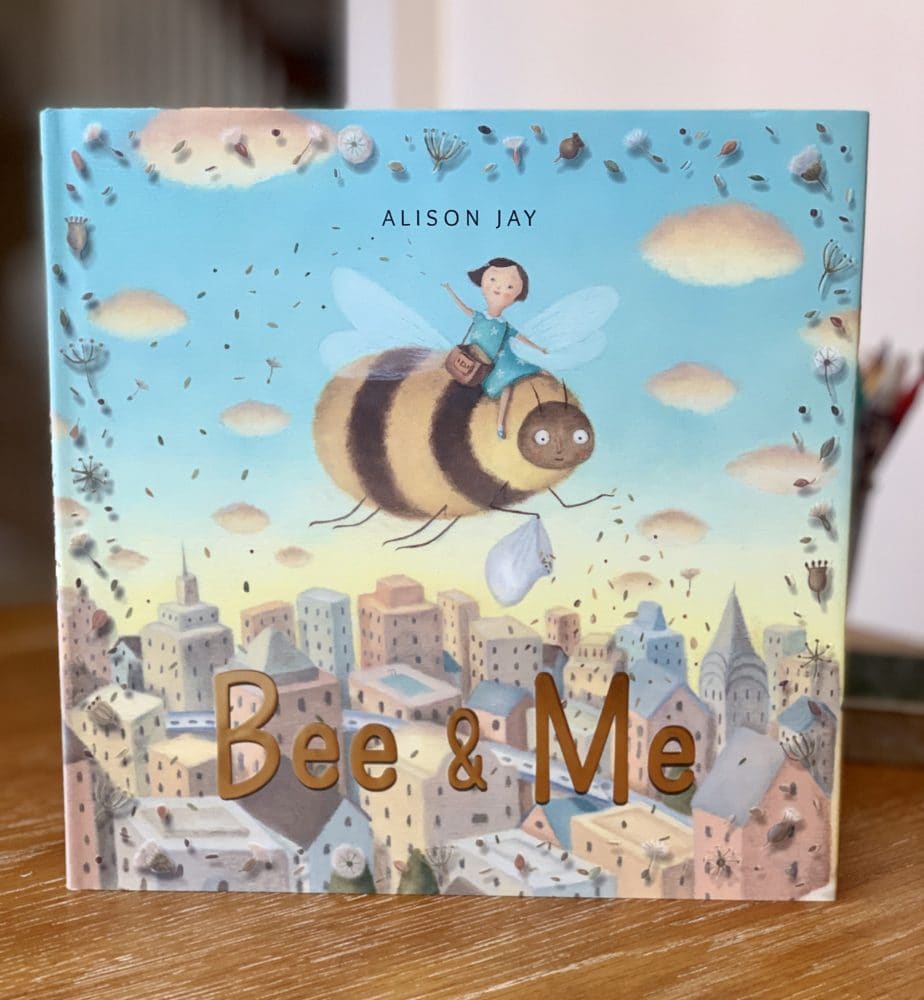 A child’s schema is the most powerful tool they have to use when reading. Showing them this power can unlock a world of support when the student is reading. A great wordless picture book to use when teaching this skill is The Bee & Me. Here’s a fun activity you can try when using the book:
A child’s schema is the most powerful tool they have to use when reading. Showing them this power can unlock a world of support when the student is reading. A great wordless picture book to use when teaching this skill is The Bee & Me. Here’s a fun activity you can try when using the book:
- Print out a large outline of a human brain and cut it into different shapes and sizes to create a large puzzle. Before reading the book, discuss important components of the text base don the students’ schema about those components. Every time a student knows something meaningful that could help them understand the text better, add a piece of the puzzle to the front board. When the entire puzzle is complete, tell your students that their brains are ready to read!
Reading Strategy: Making Predictions
Making predictions can be easy for some children and difficult for others. Even when you think you have a group of strong readers, it’s important to review and teach this skills regardless. The perfect wordless picture book to use when teaching this skill is called, Chalk. A few fun activities you can try when teaching this:
regardless. The perfect wordless picture book to use when teaching this skill is called, Chalk. A few fun activities you can try when teaching this:
- Begin reading the story for 1-2 pages. Then pass out a piece of paper filled with medium sized rectangles (like a comic strip). As you continue reading, stop and ask the students for predictions. Have them draw out their predictions in the rectangles. Then as you read the next page, have the students compare their picture to the picture in the book. Repeat this process as many times as you can!
- Make prediction trains! Using short sentence strips, have the students record events that happen in the story, their predictions, and finally what actually happens in the text. You can do this on paper, sentence strips, or even as a fun craft!
Reading Strategy: Making Connections
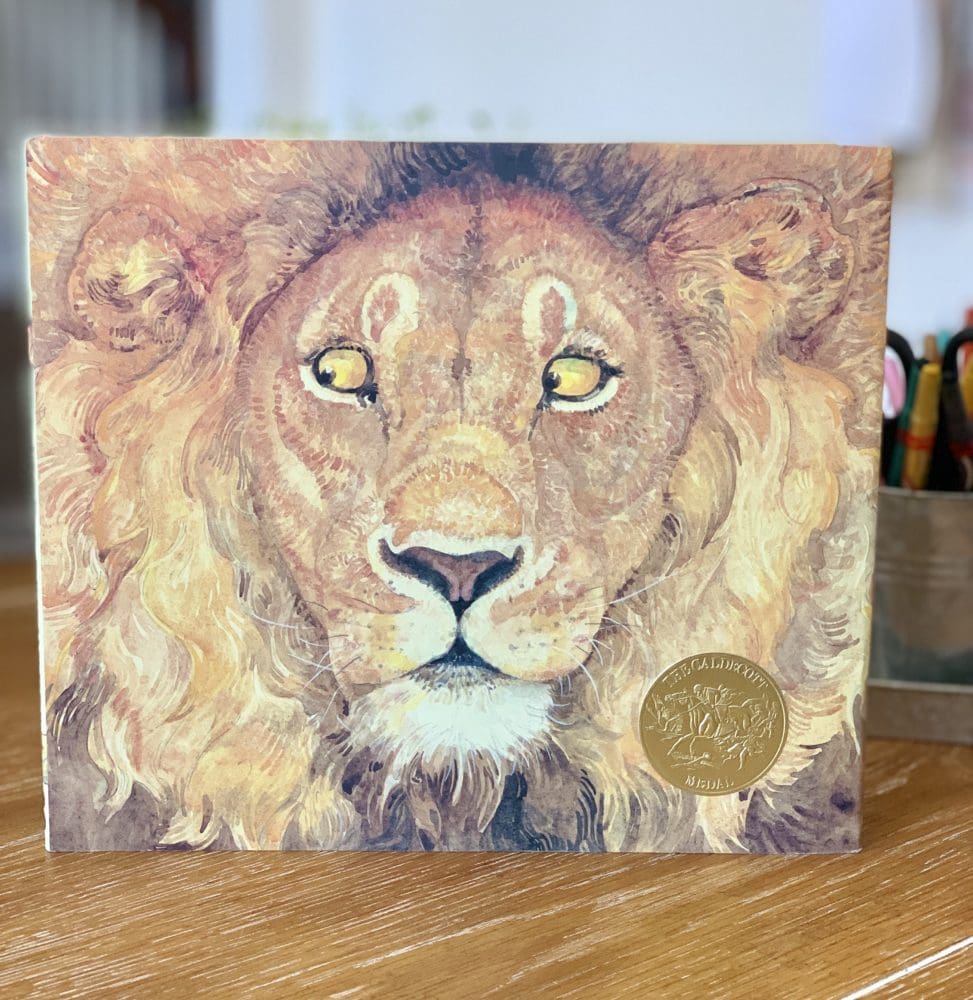 This is probably one of the most important reading strategies to teach and review in every grade. If students aren’t connecting with a text they read then their comprehension will drastically suffer. A wonderful book to use to teach this skill is: The Lion and the Mouse. A few activities you can try are:
This is probably one of the most important reading strategies to teach and review in every grade. If students aren’t connecting with a text they read then their comprehension will drastically suffer. A wonderful book to use to teach this skill is: The Lion and the Mouse. A few activities you can try are:
- Using construction paper, create strips of paper the length of the construction paper. Have students write out different connections that they have with the story. Then use these strips to create on long chain of connections. Talk to your students about what the length of the chain means. More links, the stronger we connected to and understand the story.
- Draw a web (like when brainstorming for writing) on the front board. After reading the text, focus in on ONE important even in the text. Discuss with your class all of the different ways that you can connect with that one event. Think about different angles such as character feelings, actions, setting, motivations, etc. Talk about the difference between surface level connections and deeper connections and which ones are more important to make. Repeat this process with one more important event in the story.
Want to save this for later? Make sure you pin the image below!


